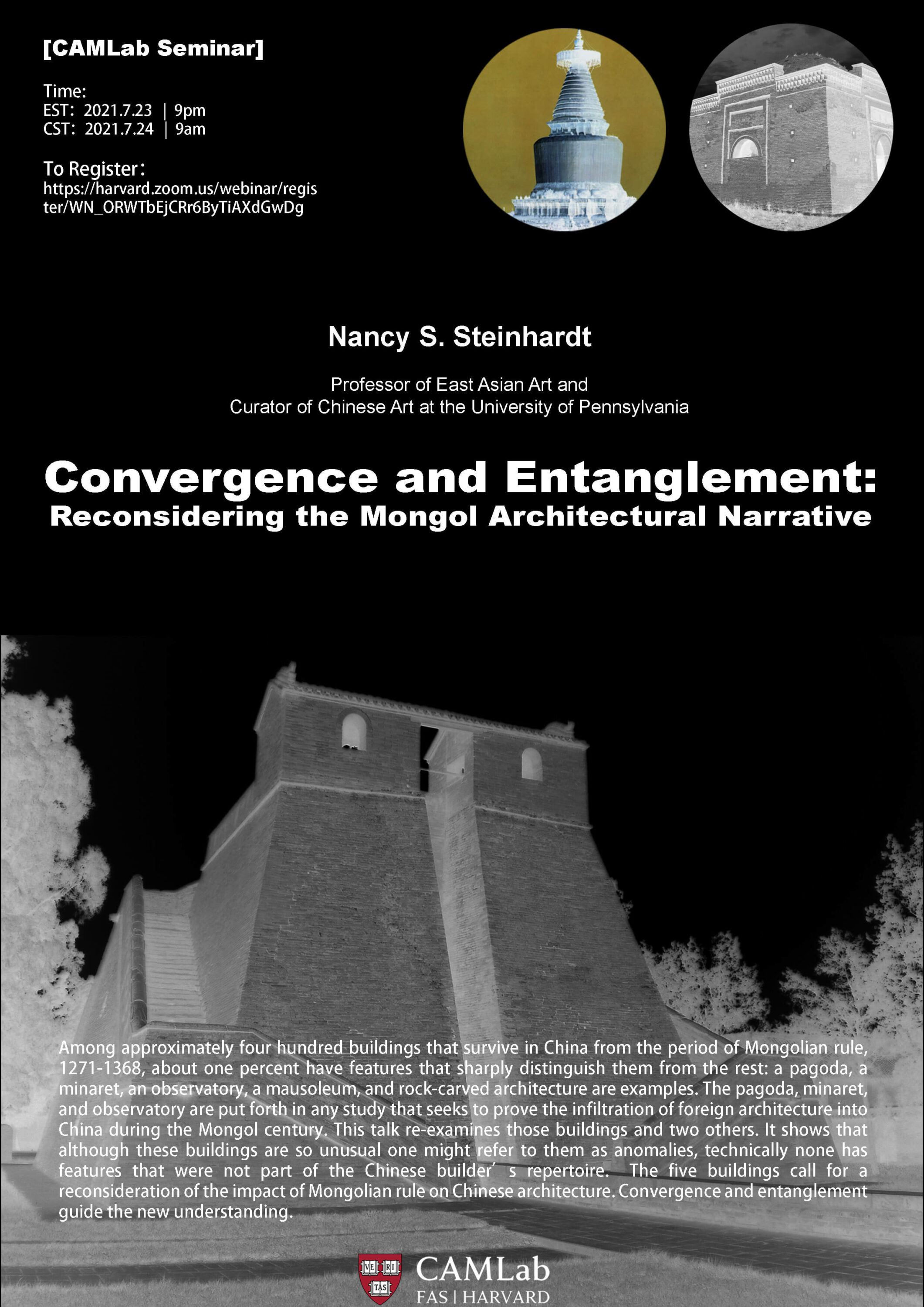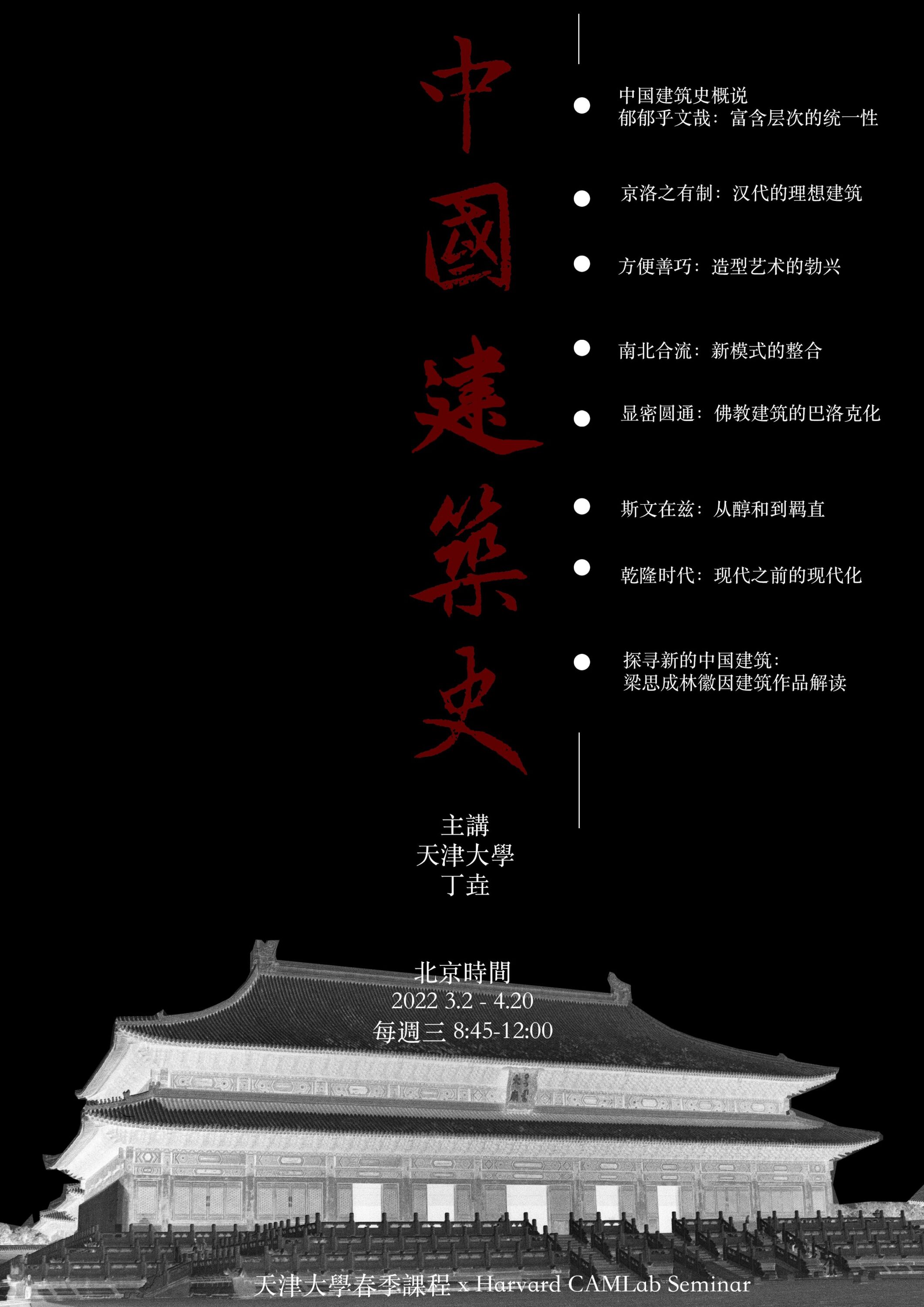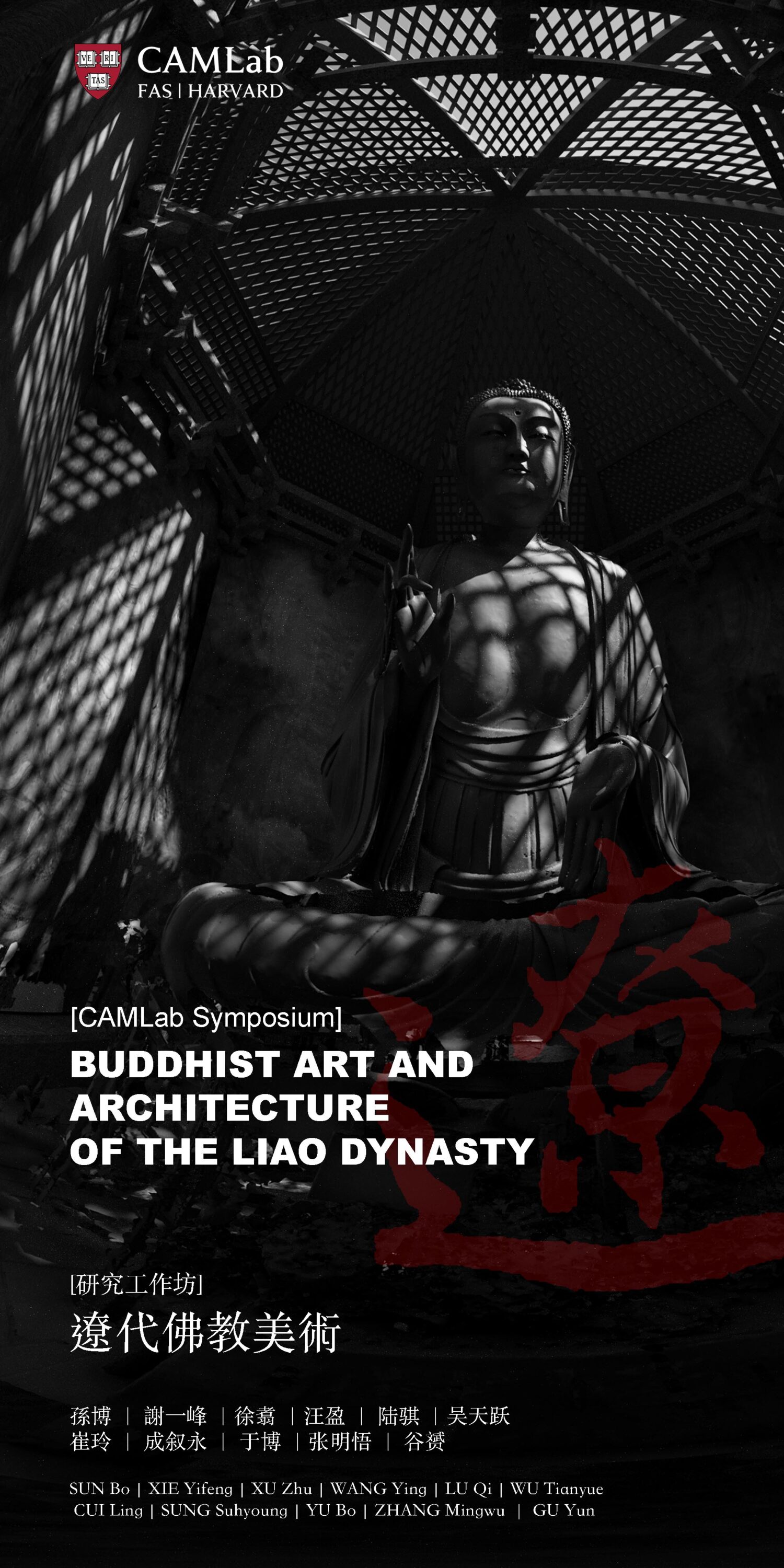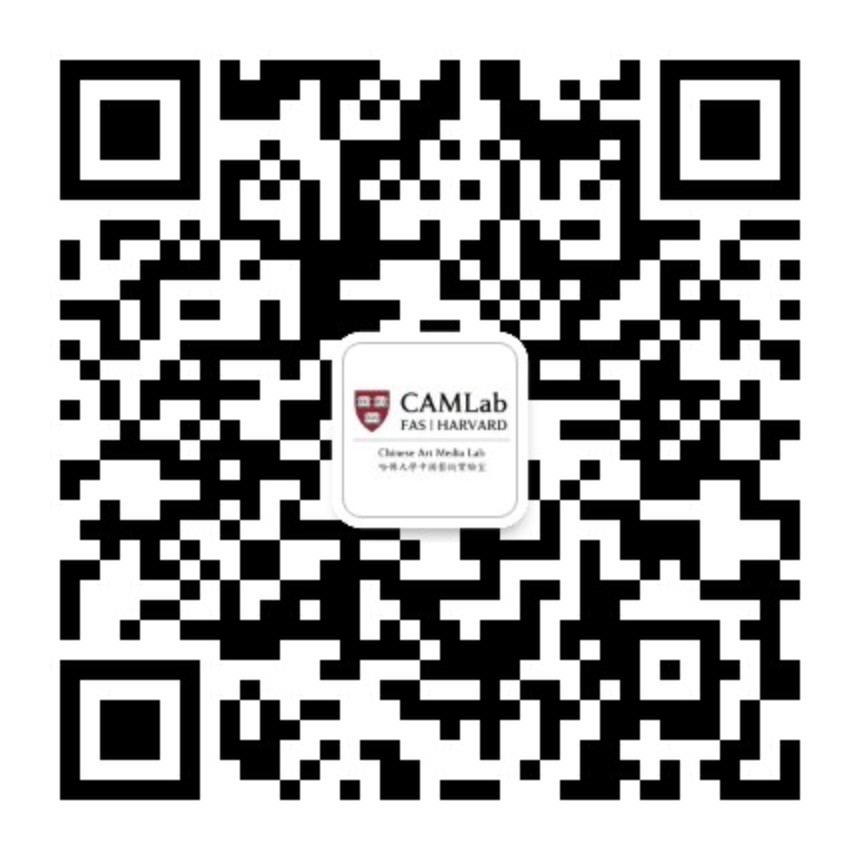July 23, 2021, 9:00 PM EST
Nancy Steinhardt
Professor of East Asian Art and Curator of Chinese Art at the University of Pennsylvania where she has taught since 1982. She received her PhD at Harvard in 1981 and has broad research interests in the art and architecture of China and China’s border regions, particularly problems that result from the interaction between Chinese art and that of peoples to the North, Northeast, and Northwest.
融合与纠葛:重考蒙古统治时期的中国建筑叙事
Among approximately four hundred buildings that survive in China from the period of Mongolian rule, 1271-1368, about one percent have features that sharply distinguish them from the rest: a pagoda, a minaret, an observatory, a mausoleum, and rock-carved architecture are examples. The pagoda, minaret, and observatory are put forth in any study that seeks to prove the infiltration of foreign architecture into China during the Mongol century. This talk re-examines those buildings and two others. It shows that although these buildings are so unusual one might refer to them as anomalies, technically none has features that were not part of the Chinese builder’s repertoire. The five buildings call for a reconsideration of the impact of Mongolian rule on Chinese architecture. Convergence and entanglement guide the new understanding.
July 23, 2021, 9:00 PM EST
Nancy Steinhardt
Professor of East Asian Art and Curator of Chinese Art at the University of Pennsylvania where she has taught since 1982. She received her PhD at Harvard in 1981 and has broad research interests in the art and architecture of China and China’s border regions, particularly problems that result from the interaction between Chinese art and that of peoples to the North, Northeast, and Northwest.
